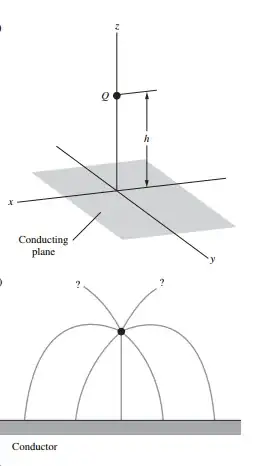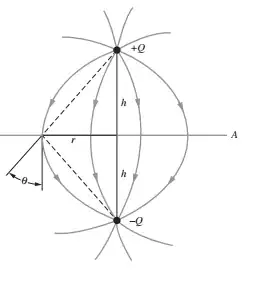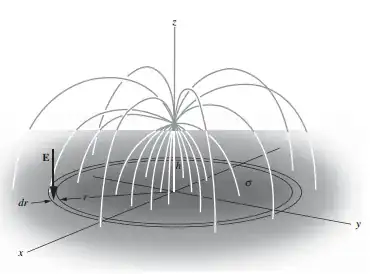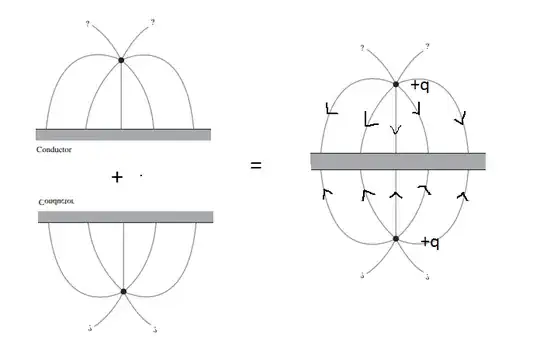This kind of a configuration struck me when I read this question.
The original question asked how the force on the two charges would change if a metal plate was inserted between them. This question addresses what would happen if it was an infinite plane (those are so much more convenient).
I gave it some thought and the result is rather interesting.
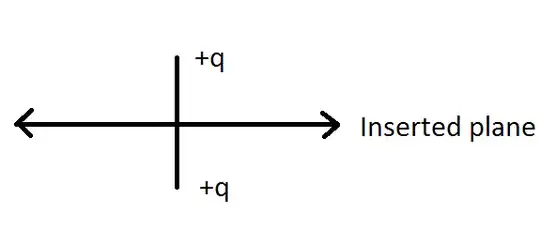 EDIT:
This question is very different from the original in that:
EDIT:
This question is very different from the original in that:
- The infinite plane is grounded, a plate with definite dimensions does not have to be
- One can't use image charges with the plate
- If the plate is uncharged, positive charges will accumulate on the edges and create their own field, in case of an infinite plane these positive charges are at infinity and do not affect the configuration.
- A plate does not provide electrostatic shielding or a simple boundary region to apply the uniqueness theorem in.
- The charge distribution on a finite plate is much harder to model.
